Cartoon – How Life On Earth Really Got Its Start



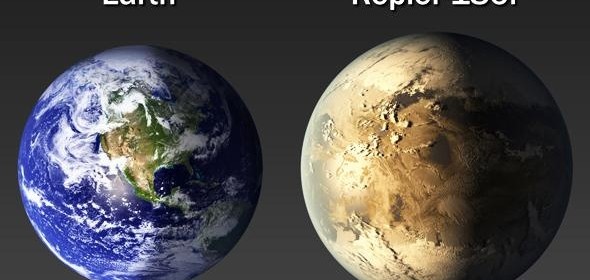
Have we found Earth’s twin? For the first time, astronomers have identified a planet outside our solar system that is both Earth-size and orbits its star in the so-called Goldilocks zone, where temperatures may be “just right” for supporting liquid water—and, therefore, life. Researchers discovered the planet while reviewing data from NASA’s Kepler space telescope, which has spent the past […]
Read more
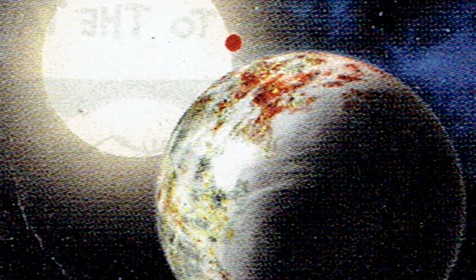
Astronomers have discovered the largest rocky planet yet, and its existence has profound implications for our understanding of the early universe and the potential for extraterrestrial life. Kepler-10c, which was spotted by NASA’s Kepler space telescope, has a diameter of roughly 18,000 miles—more than twice that of Earth —prompting scientists to create a new class of planets, dubbed “mega-Earths.”The body’s […]
Read more

Historic drought: Broiling heat baked much of the U.S. heartland this week, as the nation’s worst drought in more than 50 years devastated corn, soy, and other vital crops. More than 1,000 counties in 26 states have been declared natural disaster areas and 38 percent of the nation’s corn crop is in danger of withering in the field, the U.S. […]
Read more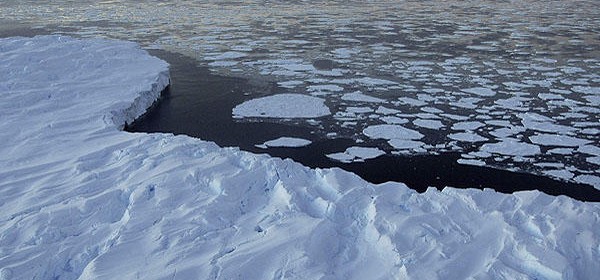
CAPE LEGOUPIL, ANTARCTICA: From the ground in this extreme northern part of Antarctica, spectacularly white and blinding ice seems to extend forever. What can’t be seen is the battle raging thousands of feet below to re-shape Earth. Water is eating away at the Antarctic ice, melting it where it hits the oceans. As the ice sheets slowly thaw, water pours […]
Read more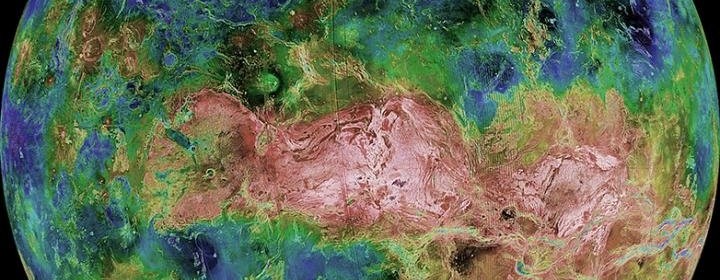
“Knowing what a chicken looks like and what all the chickens before it looked like doesn’t help us to understand the egg,” says Taras Gerya. The ETH Professor of Geophysics uses this metaphor to address plate tectonics and the early history of the Earth. The Earth’s lithosphere is divided into several plates that are in constant motion, and today’s geologists […]
Read more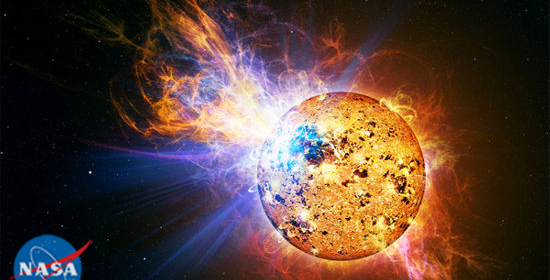
The largest solar storm since 2005 swept across the planet this week, forcing airlines to reroute flights and disrupting communications from global positioning satellites. This spontaneous blast of solar radiation may have affected power grids and high-frequency radio communications in the northern latitudes, said the U.S. Space Weather Prediction Center. A number of airlines, which route some U.S.-Asia flights over […]
Read more
Two NASA probes that spent last year orbiting the moon have returned stunning new geological maps that could help explain how it, Earth, and other planets in our solar system formed. The probes, named Ebb and Flow, flew identical orbits just miles above the moon’s surface to measure its gravity field. Slight disruptions in their paths—caused by the push and […]
Read more